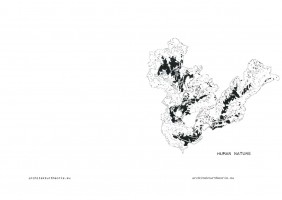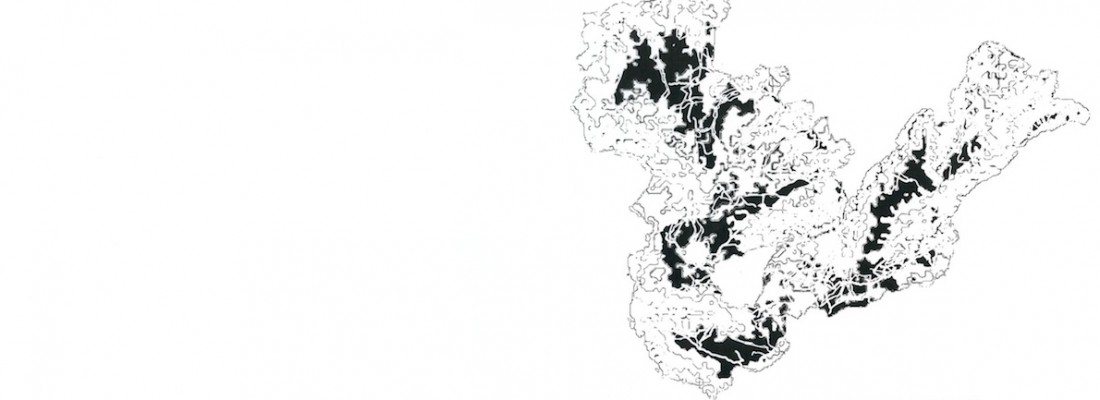
Human Nature / Viivi Moilanen, Sarah Stowasser & Aaron Bettio-Sandlant
The protagonist and narrator Smith is a young criminal from the working class, who is in a Borstal. With the help of flashbacks we are told how he got into the Borstal. Smith robs a bakery and is caught by the police shortly thereafter. The short story has many autobiographic elements. Allan Silitoe was born […]

